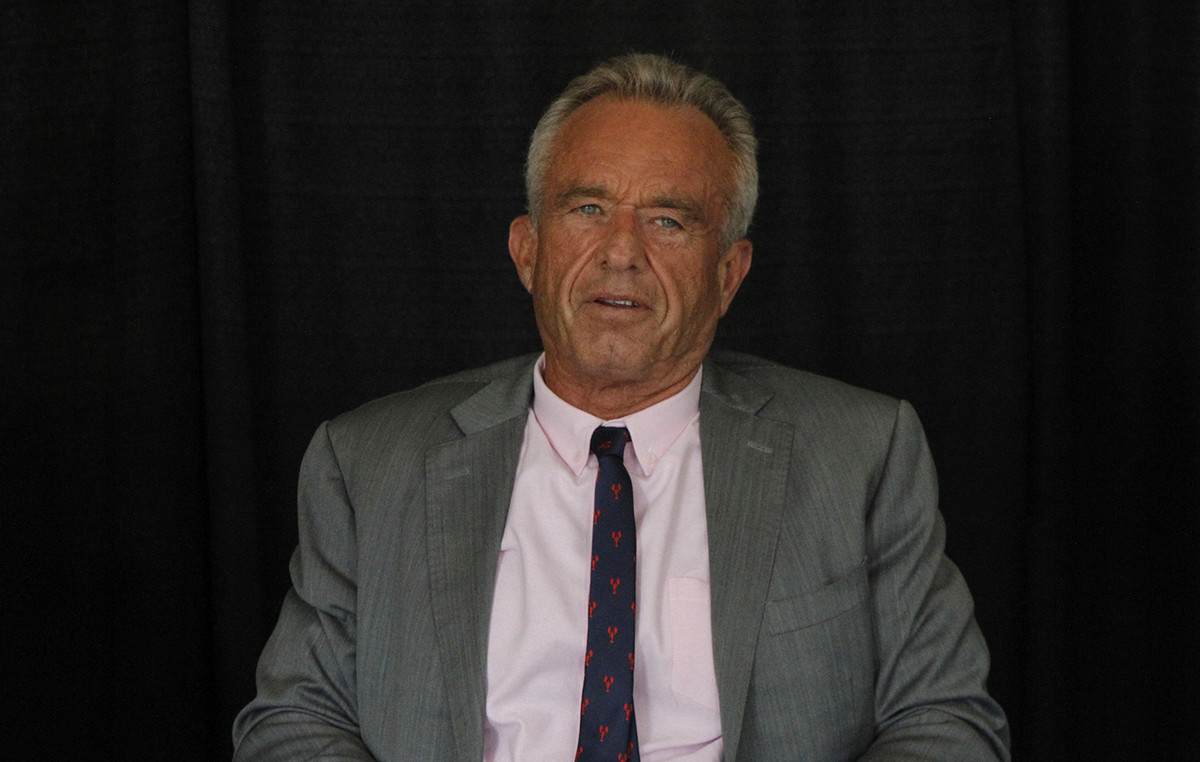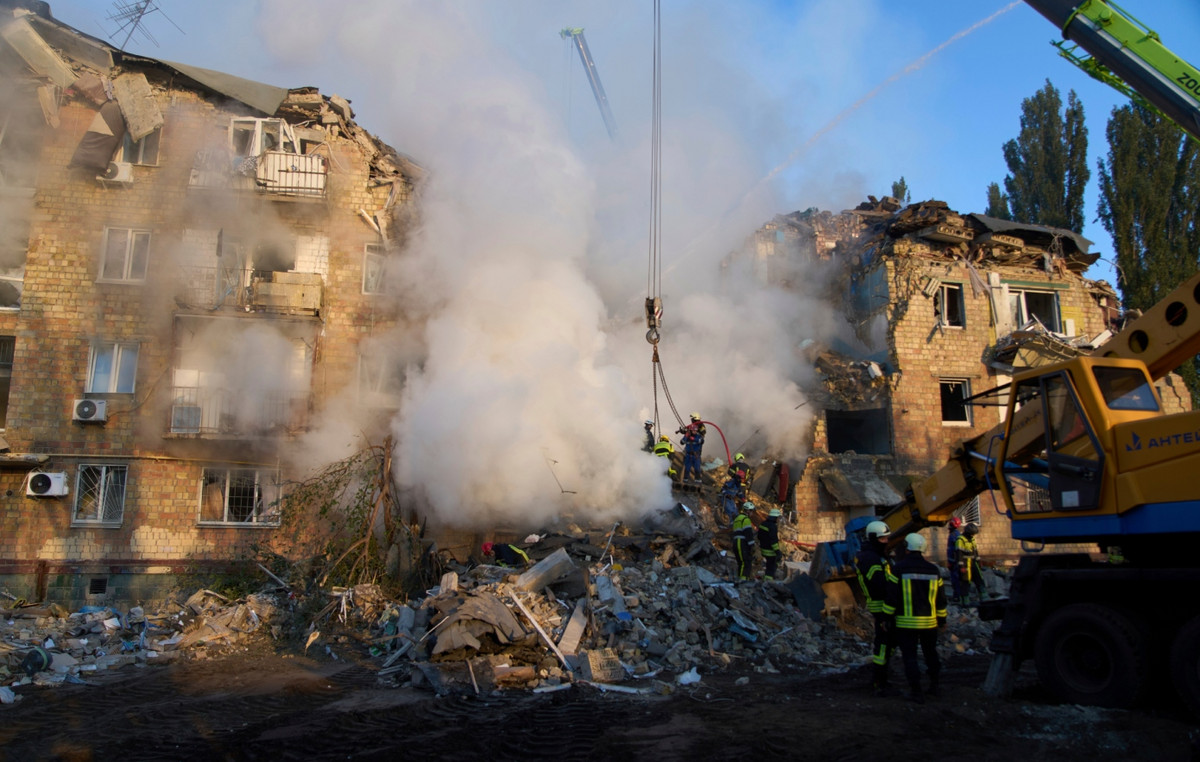Southern California had been underwater for less than a year. A siege of torrential rain from atmospheric rivers began in December and reached a crescendo in early February, when nearly a foot fell in Los Angeles. It was a deadly winter, full of storms that flooded roads, floated cars and triggered hundreds of landslides.
Now the meteorological pendulum has swung the other way.
Drought has swept the Southern California landscape following one of the region’s hottest summers on record and the start of the driest rainy season on record. It turned all the vegetation that grew during last winter’s torrential rains into flammable material that fueled an unimaginable week: Wildfires spread out of control through Los Angeles-area neighborhoods, driven by a once-in-a-decade windstorm. .
“If we had seen significant or widespread precipitation in the weeks and months leading up to this event, we would not be seeing the extent of devastation that we are currently seeing,” said Daniel Swain, a climate scientist at the University of California, Los Angeles.
California is uniquely susceptible to the worst that human-caused climate change can bring. The state’s Mediterranean climate is already governed by extremes; Summers are rain-free and most precipitation falls in winter. Thus, even small changes in weather patterns can throw the state into periods of biblical floods or devastating droughts.
These massive swings from dry to wet to dry conditions – known as “climate whiplash” – are becoming more frequent as the planet warms due to fossil fuel pollution, according to a study published Thursday. in the journal Nature – and these fluctuations worsen the severity and chances of hazards such as forest fires and flash floods.
Last winter’s torrential series of storms in California accelerated plant growth, leading to what Swain estimated was double the region’s average amount of vegetation.
This material became the fuel for this week’s fires.
“This sequence of whiplash in California increased fire risk twice: first, by greatly increasing the growth of flammable grass and brush in the months leading up to fire season, and then by drying them out to exceptionally high levels with the extreme dryness and heat that followed,” said study co-author Swain.
Dry weather and abundant fuel are enough to trigger wildfires. But this week’s fires were worsened by an unusually powerful windstorm in Santa Ana — a devastating addition to the already dangerous recipe. The flames were spread from house to house by 100 mph wind gusts, making it impossible for firefighters to control the rapidly evolving infernos.
The longer winter rain takes to arrive, the longer California and its Mediterranean climate are vulnerable to extreme fire behavior.
California’s fire season historically culminated in October, when grass and brush that had been turned to flammable material by the summer heat collided with Santa Ana winds before the arrival of winter rains.
But the Los Angeles firestorm is the latest example that there is no more fire season in a warming world.
“This time of year is not traditionally fire season, but now any notion that there is a season is over,” California Gov. Gavin Newsom said Tuesday. “It’s year-round in the state of California.”
It was the driest start to a winter on record in Southern California, according to Swain, and forecasters at the National Interagency Fire Center warn it will remain at risk of “significant above-normal fire potential” through January. It could also mean an earlier start to the traditional fire season in higher altitude areas, the agency warned.
Wildfires will remain possible until the extreme weather pendulum swings back wet and California receives heavy winter rain. Climate change is making it even harder to predict when that will happen.
This content was originally published in From fires to floods: why does California suffer so much from natural disasters? on the CNN Brasil website.
Source: CNN Brasil
Bruce Belcher is a seasoned author with over 5 years of experience in world news. He writes for online news websites and provides in-depth analysis on the world stock market. Bruce is known for his insightful perspectives and commitment to keeping the public informed.







